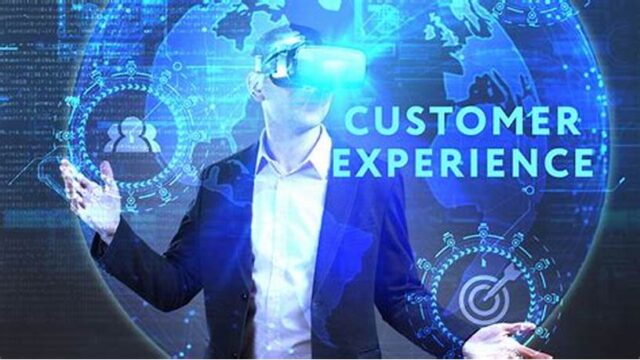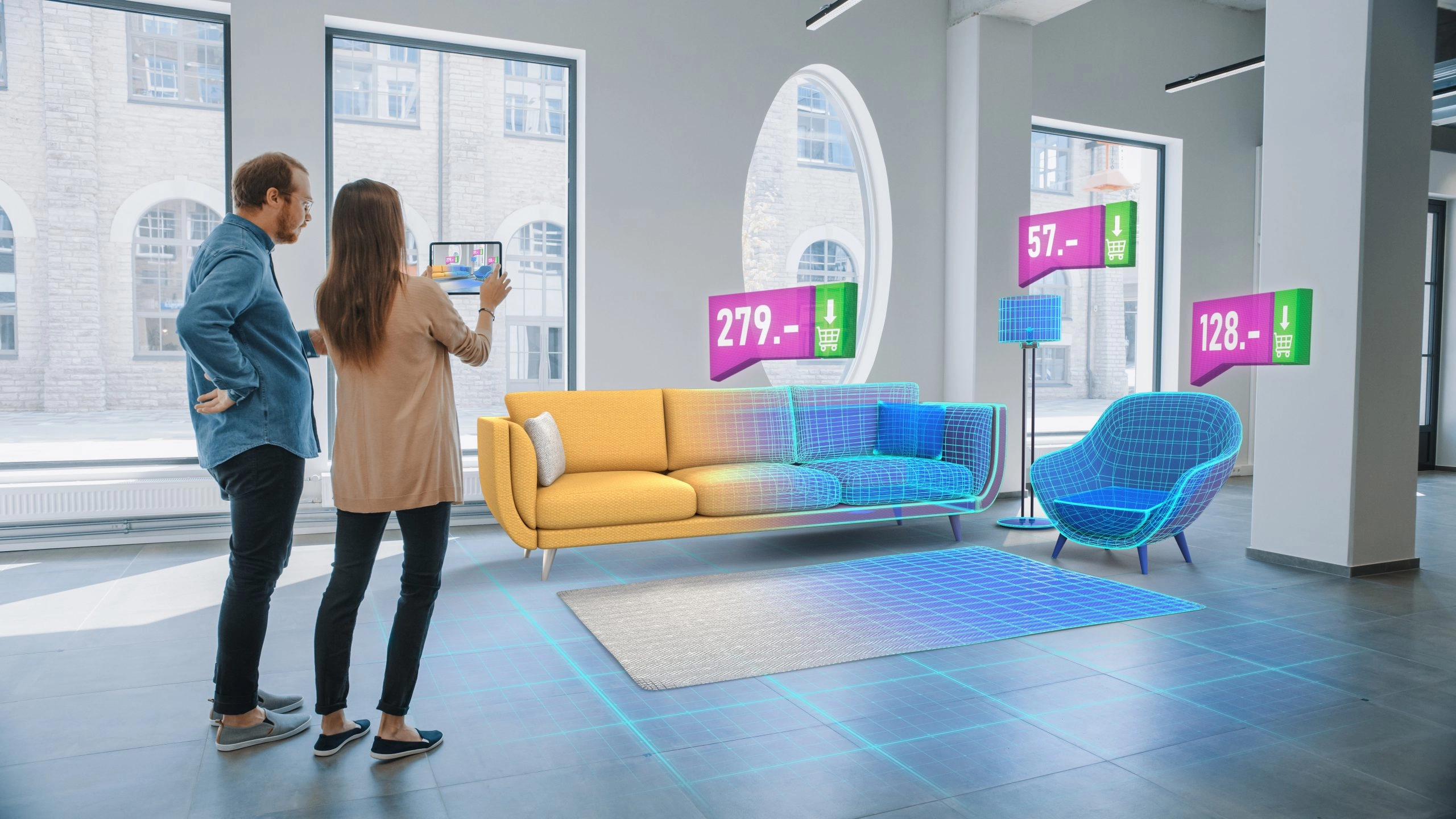As technology continues to evolve, augmented reality (AR) and virtual reality (VR) are emerging as powerful tools for enhancing the product experience in various industries, particularly e-commerce and retail. By integrating AR and VR into your marketing strategy, you can offer customers a more immersive and engaging way to interact with your products. Here’s how to effectively incorporate AR and VR to enhance the product experience.

Table of Contents
Toggle1. Understanding AR and VR
Before diving into implementation, it’s crucial to understand the difference between AR and VR:
- Augmented Reality (AR) overlays digital information onto the real world through devices like smartphones or tablets. It enhances the user’s real environment by adding virtual elements.
- Virtual Reality (VR) creates a fully immersive digital environment that users can interact with, typically using VR headsets.
Both technologies offer unique ways to engage customers, but their applications can vary based on your business needs.
2. Enhancing Product Visualization with AR
AR allows customers to visualize products in their real-world context. Here are some effective ways to use AR for product experience:
- Virtual Try-Ons: Fashion retailers can enable customers to virtually try on clothes, accessories, or makeup using AR apps. This feature helps users see how items will look on them before making a purchase, reducing the likelihood of returns.
- Home Decor Visualization: Furniture and home decor brands can leverage AR to allow customers to visualize how items will look in their homes. By using their smartphone cameras, customers can see 3D models of furniture in their space, helping them make informed decisions.
- Interactive Product Demonstrations: AR can be used to create interactive demonstrations for complex products. For example, electronics brands can provide AR experiences that show customers how to use their products, highlighting key features and benefits.
3. Creating Immersive Experiences with VR
VR can transport customers to a completely different environment, making it perfect for creating memorable brand experiences. Here are ways to utilize VR:
- Virtual Showrooms: Brands can create virtual showrooms where customers can explore products in a 3D environment. This allows users to browse a wide range of products as if they were in a physical store, offering an engaging shopping experience.
- 360-Degree Product Tours: Provide customers with 360-degree views of your products through VR. This feature is particularly useful for automotive or luxury brands, allowing potential buyers to examine every detail of a car or high-end item from the comfort of their homes.
- Experiential Marketing Campaigns: Use VR to create immersive marketing campaigns that engage customers emotionally. For instance, travel companies can offer virtual tours of destinations, allowing customers to experience a location before booking their trip.
4. Integrating AR and VR into E-commerce Platforms
To effectively integrate AR and VR into your e-commerce platform, consider the following steps:
- Choose the Right Technology: Select AR or VR platforms that align with your business goals. Various tools and software solutions cater to different needs, so research options that suit your products and target audience.
- Develop User-Friendly Interfaces: Ensure that the AR and VR experiences are easy to use and accessible to all customers. A smooth user experience is crucial for encouraging engagement and adoption.
- Optimize for Mobile: Since many customers shop on their smartphones, prioritize mobile-friendly AR solutions that allow users to access augmented experiences seamlessly.
- Promote Your AR and VR Features: Use marketing campaigns to highlight your AR and VR capabilities. Educate your customers on how to use these features, emphasizing the benefits they provide in enhancing their shopping experience.
5. Collecting Feedback and Analyzing Data
After implementing AR and VR experiences, it’s essential to gather feedback from users. Utilize surveys, analytics, and user behavior tracking to understand how customers interact with your AR and VR features. Analyzing this data will help you identify areas for improvement and optimize the experience over time.
Conclusion
Incorporating AR and VR into your product experience strategy can significantly enhance customer engagement and satisfaction. By providing immersive and interactive ways for customers to visualize and experience products, you create a more memorable shopping journey that can lead to higher conversion rates and customer loyalty. As these technologies continue to advance, staying ahead of the curve and offering innovative experiences will set your brand apart in a competitive market. Embrace the potential of AR and VR to revolutionize how customers interact with your products and elevate their overall experience.


No responses yet